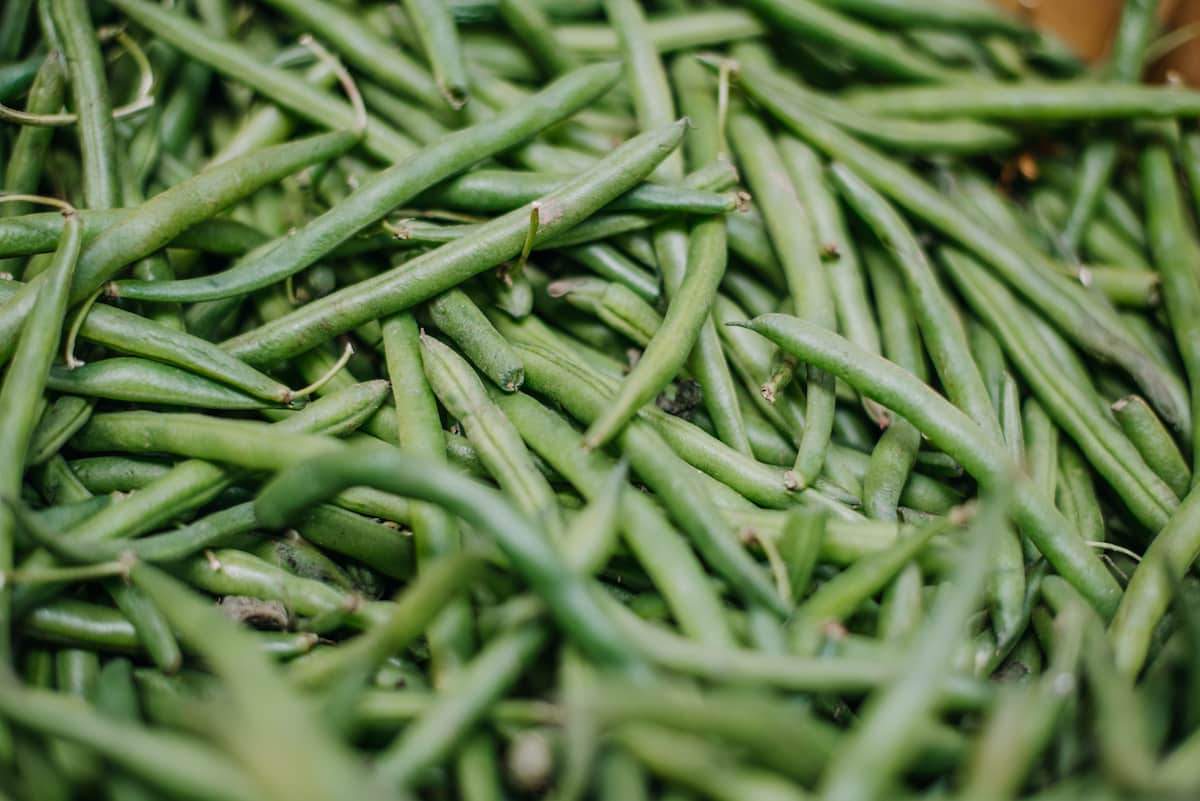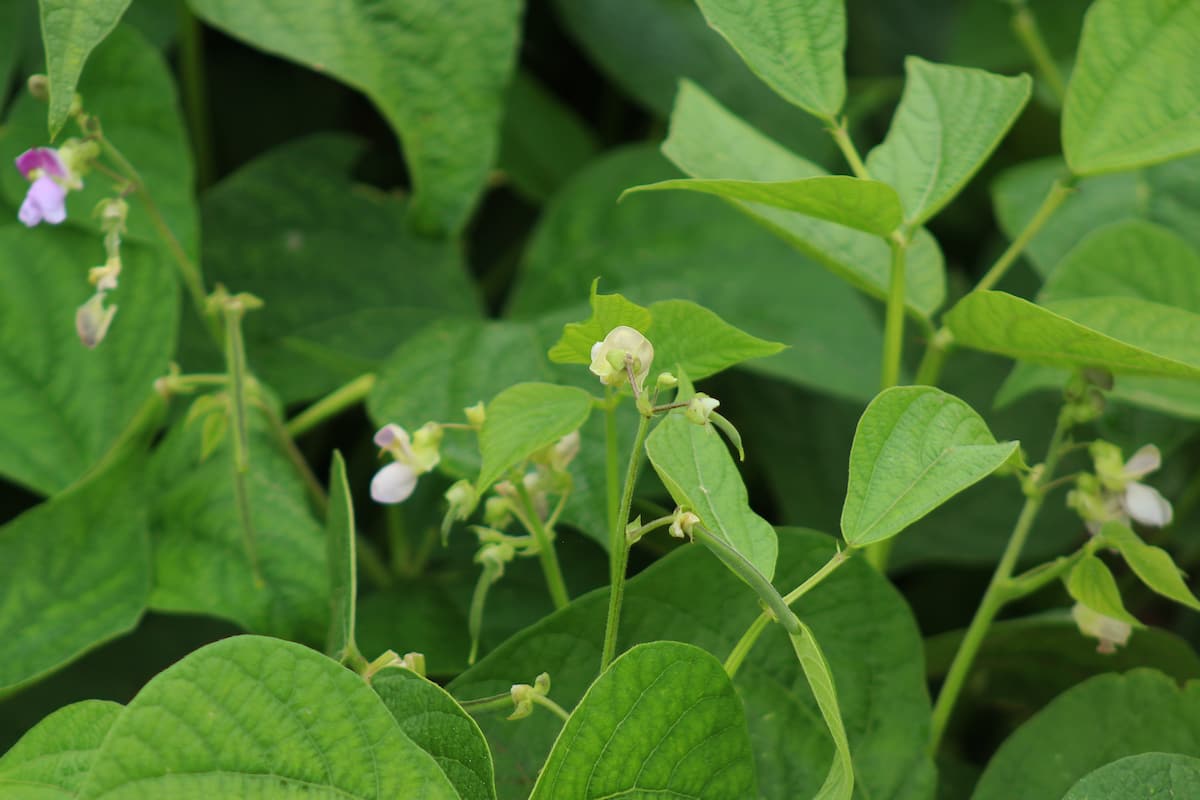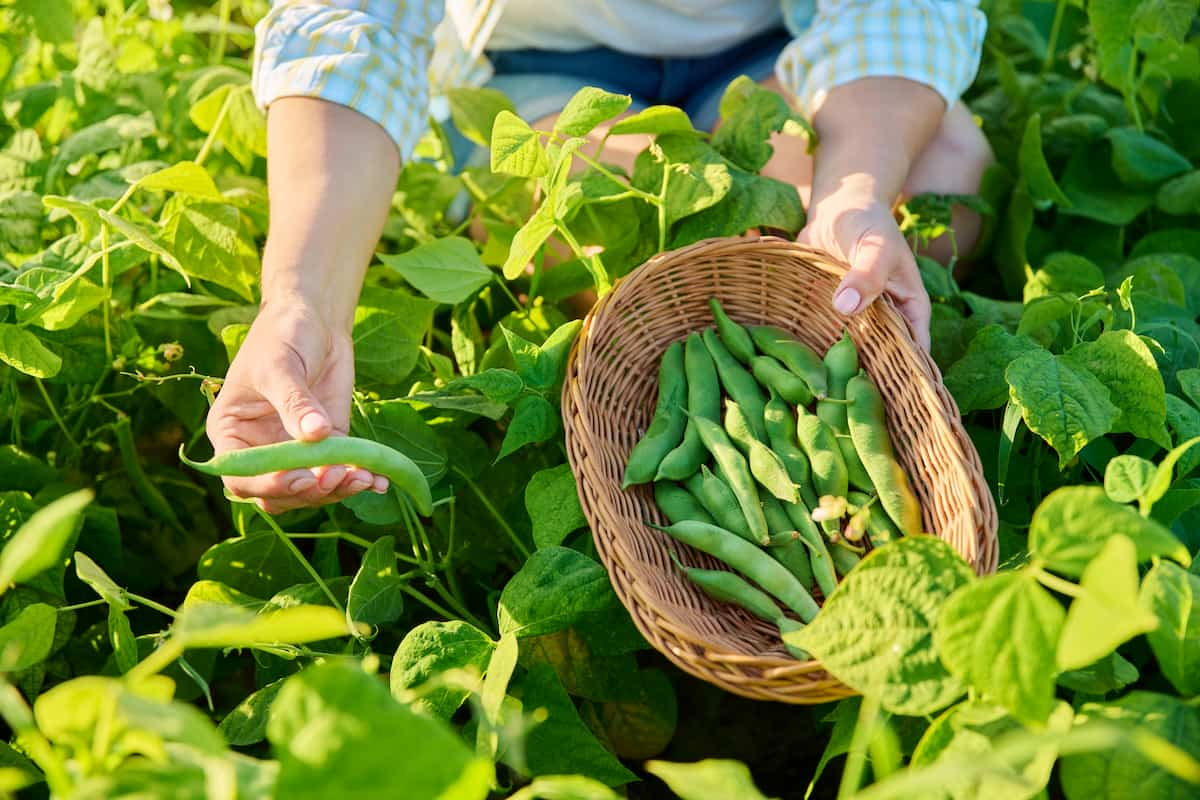Hydroponic farming has recently gained popularity as a sustainable and efficient method of growing crops in controlled environments. It provides a solution to the challenges of traditional soil-based farming, such as water scarcity, poor soil quality, and pests. Below we learn hydroponic bean farming in a greenhouse and offer essential rules to follow when starting from scratch.

Hydroponic Beans Farming in a Greenhouse
Understanding the Basics of Hydroponics
Hydroponics is a technique for cultivating plants without the need of soil. Instead, nutrient-rich water provides the plant roots with the ingredients they need to thrive. This system allows for precise control of nutrient levels and pH, resulting in faster growth, higher yields, and potentially better quality produce than traditional soil-based farming. Regarding beans, hydroponics enables growers to cultivate crops in greenhouses, regardless of soil conditions or other external factors.
Choose the Right Type of Beans
Selecting the right type of beans for hydroponic cultivation is crucial for successful growth. Beans come in various species, including snap beans (green beans), lima beans, and dry beans (like pinto, black, or kidney beans). Snap beans are ideal for hydroponic systems due to their rapid growth, higher yields, and shorter maturity period. Research different bean varieties and choose one that suits your climate, market demand, and personal preference.
Select a Suitable Hydroponic System
- Nutrient Film Technique (NFT): In NFT systems, a shallow stream of nutrient-rich water continuously flows through channels, with plant roots dangling into the solution. NFT systems are best suited for smaller plants with shallow root systems, making them a good choice for snap beans.
- Drip system: Drip systems use drip emitters to supply nutrient solution directly to the root zone of each plant. This efficient system conserves water and can be easily scaled up, making it suitable for larger bean varieties with deeper root systems.
- Aeroponics: In aeroponic systems, plant roots are suspended in the air and misted with nutrient solution. This allows for excellent oxygenation of the roots, promoting rapid growth. However, aeroponic systems can be more expensive and challenging to maintain, making them better suited for experienced growers.
Prepare the Greenhouse
- Insulation: Ensure the greenhouse is well insulated to maintain a stable internal temperature.
- Ventilation: Proper ventilation is essential for maintaining healthy CO2 and humidity levels. Install exhaust fans and vents to regulate air circulation.
- Heating and cooling: Depending on your climate, you may need to install heating and cooling systems to maintain ideal temperatures for bean growth (60-85°F).
- Lighting: Beans require ample sunlight for optimal growth. If natural sunlight is insufficient, install supplemental lightings, such as LED or HID lamps, to ensure adequate light exposure.
In case you missed it: Hydroponic Chilli Pepper Farming in a Greenhouse: Key Rules to Start from Scratch

Nutrient Solution Management
In hydroponics, the nutrient solution serves as the circulatory system, delivering oxygen and nutrients to the roots of the plants so they may thrive. Beans require specific nutrients, including nitrogen, phosphorus, potassium, calcium, magnesium, sulfur, and trace elements like iron, manganese, and zinc. Commercial hydroponic nutrient solutions are available, or you can create your blend.
Monitor and adjust the nutrient solution’s pH and electrical conductivity (EC) regularly to ensure optimal nutrient uptake. Beans generally prefer a pH between 5. 8 and 6.2 and an EC range of 1.5 to 2.5 mS/cm. Automated pH and EC meters can be used to maintain ideal levels, while periodic testing of the nutrient solution will help identify deficiencies or imbalances
Seed Germination and Transplanting
Start by germinating bean seeds in a propagation tray with a sterile growing medium, such as rockwool or coco coir. Maintain a temperature of 70-80°F and keep the medium moist until seedlings emerge. Once the seedlings have developed at least two sets of true leaves, they can be transplanted into the hydroponic system.
Plant Spacing and Trellising
Proper plant spacing is crucial for optimal light penetration, air flow, and nutrient distribution. For bush beans, allow 4-6 inches between plants; for pole beans, allow 8-12 inches. As beans grow, they may require trellising to support their weight and encourage vertical growth. Use netting, strings, or stakes to create a trellis system that allows plants to climb and spread evenly.
Pest and Disease Management
In a controlled greenhouse environment, the risk of pests and diseases is generally lower than in traditional soil-based farming. However, monitoring plants regularly and implementing preventive measures to minimize potential issues is essential. Some common pests in bean cultivation include aphids, spider mites, and whiteflies, while diseases such as powdery mildew and root rot can also pose threats. Ladybirds and lacewings can help keep your farm clean and disease-free.
Harvesting and Post-Harvest Handling
When beans reach their desired size and maturity, they are ready for harvest. Snap beans can be harvested when they are firm, crisp, and about the diameter of a pencil, while other bean types may have specific harvest indicators. Use clean, sharp tools to minimize plant stress and reduce the risk of infection. After harvesting, handle beans gently to avoid bruising and store them at the appropriate temperature and humidity. For snap beans, ideal storage conditions are 45-50°F and 95% relative humidity.
Record-Keeping and Continuous Improvement
Maintaining accurate records of your hydroponic beans farming operation will allow you to analyze and improve your system over time. Track key data points, such as nutrient solution parameters, plant growth, yields, and pest and disease incidences. Use this information to fine-tune your growing practices, optimize yields, and enhance overall system efficiency.
Monitoring and Adjusting Environmental Conditions
Maintain the ideal temperature range of 60-85°F (16-29°C) using heating and cooling systems as needed. Ensure proper ventilation and air circulation using fans and vents to prevent excess humidity and promote healthy plant growth. Provide adequate light, either through natural sunlight or artificial lighting, to support optimal growth and development. Beans typically require 14-16 hours of light per day.
In case you missed it: Hydroponic Mint Farming in a Greenhouse: Key Rules to Start from Scratch

Conclusion
Hydroponic bean farming in a greenhouse offers numerous benefits, including year-round production, efficient use of water and nutrients, and higher yields than traditional soil-based farming. Following the key rules outlined in this article and continuously refining your growing practices, you can establish a successful hydroponic bean farming operation from scratch.
- Feed Your Flock for Less: Top 10 Tips to Save on Chicken Feed
- Ultimate Guide to Ossabaw Island Hog: Breeding, Raising, Diet, and Care
- Hatching Answers: The Top 10 Reasons Your Chickens Aren’t Laying Eggs
- Eggs and Economics: Breaking Down the Cost of Raising Backyard Chickens
- Defend Your Greens: Proven Methods to Keep Iguanas Out of Your Garden
- Ultimate Guide to Cinnamon Queen Chicken: A Comprehensive Guide for Beginners
- Ultimate Guide to California Tan Chicken: Breeding, Raising, Diet, Egg-Production and Care
- Ultimate Guide to Marsh Daisy Chicken: Breeding, Raising, Diet, and Care
- 10 Types of Chicken Farming Businesses You Can Start for Profits